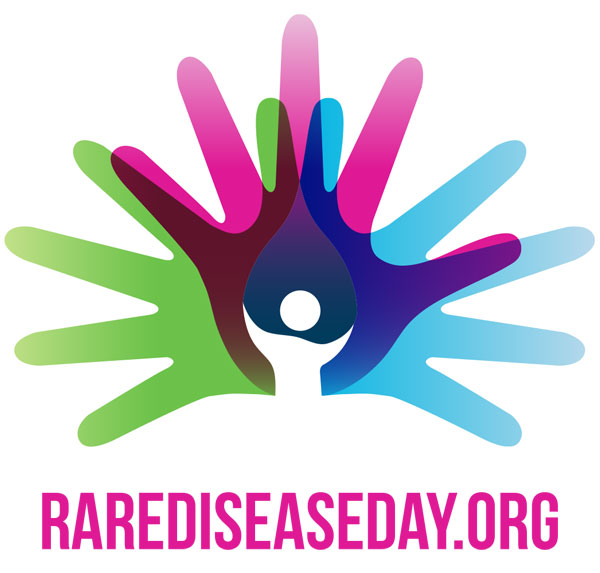
Grit – a new measure of success
15 March 2019
Rare diseases and connecting the three Ps: patients, physicians and pharma
1 February 2021What insights can patients provide?
Thanks to technological advances, the ways in which patients are interacting with healthcare organizations are changing. Patients have access to more healthcare information than they’ve ever had, closing the knowledge gap between physicians and patients. Increasingly, patients are making independent decisions on their care or treatment, and they are becoming more informed of the development of new treatments and clinical trials. When considering patients’ unique position to share their experience of disease and care, the value that these patients can add when developing new pharma products is clear.
Patient engagement in clinical development: a history
Major public agencies, including the European Medicines Agency (EMA), the Food and Drug Administration (FDA) and the National Institute for Health Research (NIHR) in the US have got behind this concept. The NIHR recently launched a dedicated service, allowing organizations to gain patient input into clinical studies. The FDA were already ahead of the times, having created their Patient Engagement Collaborative in the 2000s, aiming to create meaningful patient engagement during the development of medicine. The EMA meanwhile has a defined role for patient representatives, which helps pharma companies identify what patient groups consider to be important in their treatment journey. The EMA has proven that patient engagement works – patient input was thought to have added scientific value in 93% of cases. In 53% of cases, patient input led to further reflections on development plans, and in 27% of cases, advice provided to pharma companies was changed in line with feedback from patients.
Are patients with rare diseases the REAL experts?
Patients, and their caregivers, often embark on a journey to learn about their rare disease, and they may even be under pressure to seek life-changing treatment. Using the information available on healthcare websites, in patient forums and on social media, this group of patients rapidly builds an extensive knowledge that eventually outstrips the knowledge of a (non-expert) secondary care physician, leading to the development of a ‘grassroots community’. Therefore, it is logical that including input from patients could greatly benefit the clinical development of treatments for rare diseases.
How to assess the usefulness of patient engagement in a clinical development program
1. Understanding patient expectations and impact of treatment
- Has the patients’ expectations of treatment and the potential impact on health-seeking behavior been considered?
Example: it could be that the higher the expectations of treatment vs the potential benefit, the less engaged patients are likely to be, and the more likely they are to drop out of a trial.
2. Understanding the patient treatment journey
- Is it known how the introduction of the product will affect the patient’s treatment journey?
Example: the patient and caregiver may now be faced with frequent, potentially long-distance, travel vs an annual follow-up appointment.
- Have the logistical challenges of trial participation been understood (e.g. moving equipment over long distances)?
Example: patients and caregivers may need logistical or monetary support such as provision of accommodation or specialized transport to be able to participate fully in trials.
3. Developing meaningful endpoints
- Is this the first significant treatment for the disease, and therefore, are the most meaningful endpoints that reflect tangible real-world improvements for patients being used?
Example: an improvement of 1 or 2 points on a validated clinical assessment scale – even if statistically significant – may not be as meaningful to a patient as say, recovering the ability to hold up a towel to dry the back of their torso. Alternative endpoints may add richness to the quality of results that will help to demonstrate meaningful improvement.
- Has the impact of the distance patients will be traveling to participate been explored? Example: endpoint results could be affected if patients are assessed after traveling to a far-away specialist center to ‘perform’ in an alien environment. If these differences are not adequately controlled for, there could be a confounding bias.
4. Recruiting patients to clinical trials
- Are the channels through which patients become aware of upcoming clinical trials understood?
Example: patient associations can be critical gateways to reach potential participants in clinical trials. Many are a key source of disease-related news, including which trials are currently recruiting. Information is usually disseminated via social media, websites and other online channels.
- Are the patients’ and caregivers’ information needs properly understood?
Example: patients may be more likely to engage and stay the length of the trial if they receive more of the critical information they need about the trial up-front e.g. the full schedule of visits, advice on traveling with equipment, or availability of supplementary care (e.g. to meet the standard of care). Testing information materials with patients may help to pitch the information at the right level.
5. Anticipating conversations around market access
- Discuss with patient organizations the implications of the trial design on future access to the medicine
Example: there may be some patient groups that might otherwise be excluded for the purpose of maximizing statistical significance. By excluding these patients, market access bodies may decide to refuse access to the medicine post-marketing approval owing to lack of direct evidence of efficacy.
Patient engagement is the future
With patient engagement increasing across healthcare and life science sectors, there are increasing opportunities to make the most of an all-too-often forgotten resource: patients and their caregivers. The smartest pharma companies will do well to make patient and caregiver engagement an integral part of clinical development of their products.

